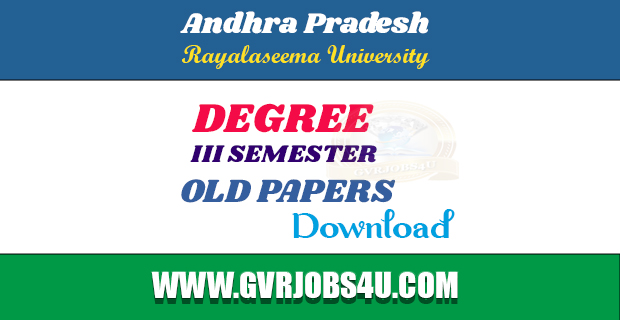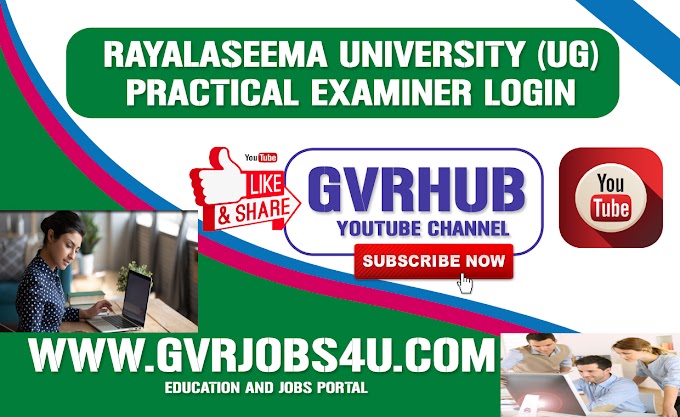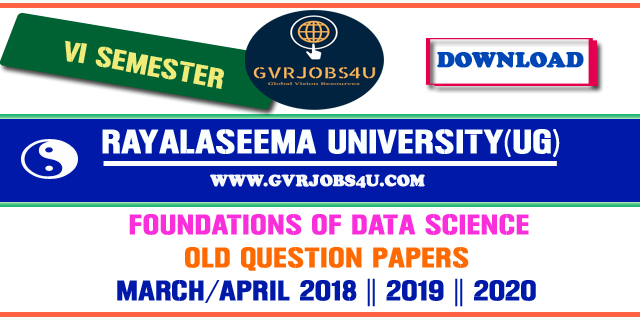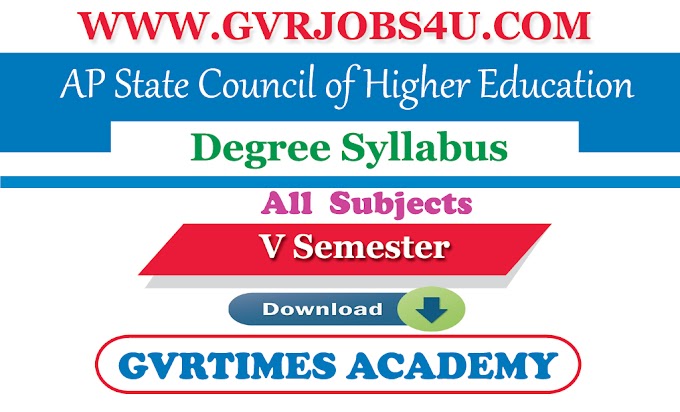Also Read
Unit-I :
- Teaching: Concept, Objectives, Levels of teaching (Memory, Understanding and Reflective), Characteristics and basic requirements
Learner’s characteristics: Characteristics of adolescent and adult learners (Academic, Social, Emotional and Cognitive), Individual differences
Factors affecting teaching related to: Teacher, Learner, Support material, Instructional facilities, Learning environment and Institution
Methods of teaching in Institutions of higher learning: Teacher centred vs. Learner centred methods; Off-line vs. On-line methods (Swayam, Swayamprabha, MOOCs etc.)
Teaching Support System: Traditional, Modern and ICT based.
Evaluation Systems: Elements and Types of evaluation, Evaluation in Choice Based Credit System in Higher education, Computer based testing, Innovations in evaluation systems.
Unit-II : Research Aptitude
Research: Meaning, Types, and Characteristics, Positivism and Post-positivistic approach to research.
Methods of Research: Experimental, Descriptive, Historical, Qualitative and Quantitative methods.
Steps of Research
Thesis and Article writing: Format and styles of referencing.
Application of ICT in research
Research ethics
Unit-III : Comprehension
A passage of text be given. Questions be asked from the passage to be answered.
Unit-IV: Communication
Communication: Meaning, types and characteristics of communication.
Effective communication: Verbal and Non-verbal, Inter-Cultural and group communications, Classroom communication.
Barriers to effective communication.
Mass-Media and Society.
Unit-V : Mathematical Reasoning and Aptitude
Types of reasoning.
Number series, Letter series, Codes and Relationships.
Mathematical Aptitude (Fraction, Time & Distance, Ratio, Proportion and Percentage, Profit and Loss, Interest and Discounting, Averages etc.).
Unit-VI: Logical Reasoning
Understanding the structure of arguments: argument forms, structure of categorical propositions, Mood and Figure, Formal and Informal fallacies, Uses of language, Connotations and denotations of terms, Classical Square of opposition.
Evaluating and distinguishing deductive and inductive reasoning.
Analogies.
Venn diagram: Simple and multiple use for establishing validity of arguments.
Indian Logic: Means of knowledge.
Pramanas: Pratyaksha (Perception), Anumana (Inference), Upamana (Comparison), Shabda (Verbal testimony), Arthapatti (Implication) and Anupalabddhi (Non-apprehension).
Structure and kinds of Anumana (inference), Vyapti (invariable relation), Hetvabhasas (fallacies of inference).
Unit-VII: Data Interpretation
Sources, acquisition and classification of Data.
Quantitative and Qualitative Data.
Graphical representation (Bar-chart, Histograms, Pie-chart, Table-chart and Line-chart) and mapping of Data.
Data Interpretation.
Data and Governance.
Unit-VIII: Information and Communication Technology (ICT)
ICT: General abbreviations and terminology.
Basics of Internet, Intranet, E-mail, Audio and Video-conferencing.
Digital initiatives in higher education.
ICT and Governance.
Unit-IX : People, Development and Environment
Development and environment: Millennium development and Sustainable development goals.
Human and environment interaction: Anthropogenic activities and their impacts on environment.
Environmental issues: Local, Regional and Global; Air pollution, Water pollution, Soil pollution, Noise pollution, Waste (solid, liquid, biomedical, hazardous, electronic), Climate change and its Socio-Economic and Political dimensions.
Impacts of pollutants on human health.
Natural and energy resources: Solar, Wind, Soil, Hydro, Geothermal, Biomass, Nuclear and Forests.
Natural hazards and disasters: Mitigation strategies.
Environmental Protection Act (1986), National Action Plan on Climate Change, International agreements/efforts -Montreal Protocol, Rio Summit, Convention on Biodiversity, Kyoto Protocol, Paris Agreement, International Solar Alliance.
Unit-X : Higher Education System
Institutions of higher learning and education in ancient India.
Evolution of higher learning and research in Post Independence India.
Oriental, Conventional and Non-conventional learning programmes in India.
Professional, Technical and Skill Based education.
Value education and environmental education.
Policies, Governance, and Administration.
NOTE: (i) Five questions each carrying 2 marks are to be set from each Module. (ii) Whenever graphical/pictorial question(s) are set for sighted candidates, a passage followed by equal number of questions and weightage be set for visually impaired candidates.
PAPER -II
Paper -II has different subjects.This paper consists of 101 subjects.Every subject syllabus is given link below now.
Unit-I :
- Teaching: Concept, Objectives, Levels of teaching (Memory, Understanding and Reflective), Characteristics and basic requirements
Learner’s characteristics: Characteristics of adolescent and adult learners (Academic, Social, Emotional and Cognitive), Individual differences
Factors affecting teaching related to: Teacher, Learner, Support material, Instructional facilities, Learning environment and Institution
Methods of teaching in Institutions of higher learning: Teacher centred vs. Learner centred methods; Off-line vs. On-line methods (Swayam, Swayamprabha, MOOCs etc.)
Teaching Support System: Traditional, Modern and ICT based.
Evaluation Systems: Elements and Types of evaluation, Evaluation in Choice Based Credit System in Higher education, Computer based testing, Innovations in evaluation systems.
Unit-II : Research Aptitude
Research: Meaning, Types, and Characteristics, Positivism and Post-positivistic approach to research.
Methods of Research: Experimental, Descriptive, Historical, Qualitative and Quantitative methods.
Steps of Research
Thesis and Article writing: Format and styles of referencing.
Application of ICT in research
Research ethics
Unit-III : Comprehension
A passage of text be given. Questions be asked from the passage to be answered.
Unit-IV: Communication
Communication: Meaning, types and characteristics of communication.
Effective communication: Verbal and Non-verbal, Inter-Cultural and group communications, Classroom communication.
Barriers to effective communication.
Mass-Media and Society.
Unit-V : Mathematical Reasoning and Aptitude
Types of reasoning.
Number series, Letter series, Codes and Relationships.
Mathematical Aptitude (Fraction, Time & Distance, Ratio, Proportion and Percentage, Profit and Loss, Interest and Discounting, Averages etc.).
Unit-VI: Logical Reasoning
Understanding the structure of arguments: argument forms, structure of categorical propositions, Mood and Figure, Formal and Informal fallacies, Uses of language, Connotations and denotations of terms, Classical Square of opposition.
Evaluating and distinguishing deductive and inductive reasoning.
Analogies.
Venn diagram: Simple and multiple use for establishing validity of arguments.
Indian Logic: Means of knowledge.
Pramanas: Pratyaksha (Perception), Anumana (Inference), Upamana (Comparison), Shabda (Verbal testimony), Arthapatti (Implication) and Anupalabddhi (Non-apprehension).
Structure and kinds of Anumana (inference), Vyapti (invariable relation), Hetvabhasas (fallacies of inference).
Unit-VII: Data Interpretation
Sources, acquisition and classification of Data.
Quantitative and Qualitative Data.
Graphical representation (Bar-chart, Histograms, Pie-chart, Table-chart and Line-chart) and mapping of Data.
Data Interpretation.
Data and Governance.
Unit-VIII: Information and Communication Technology (ICT)
ICT: General abbreviations and terminology.
Basics of Internet, Intranet, E-mail, Audio and Video-conferencing.
Digital initiatives in higher education.
ICT and Governance.
Unit-IX : People, Development and Environment
Development and environment: Millennium development and Sustainable development goals.
Human and environment interaction: Anthropogenic activities and their impacts on environment.
Environmental issues: Local, Regional and Global; Air pollution, Water pollution, Soil pollution, Noise pollution, Waste (solid, liquid, biomedical, hazardous, electronic), Climate change and its Socio-Economic and Political dimensions.
Impacts of pollutants on human health.
Natural and energy resources: Solar, Wind, Soil, Hydro, Geothermal, Biomass, Nuclear and Forests.
Natural hazards and disasters: Mitigation strategies.
Environmental Protection Act (1986), National Action Plan on Climate Change, International agreements/efforts -Montreal Protocol, Rio Summit, Convention on Biodiversity, Kyoto Protocol, Paris Agreement, International Solar Alliance.
Unit-X : Higher Education System
Institutions of higher learning and education in ancient India.
Evolution of higher learning and research in Post Independence India.
Oriental, Conventional and Non-conventional learning programmes in India.
Professional, Technical and Skill Based education.
Value education and environmental education.
Policies, Governance, and Administration.
NOTE: (i) Five questions each carrying 2 marks are to be set from each Module. (ii) Whenever graphical/pictorial question(s) are set for sighted candidates, a passage followed by equal number of questions and weightage be set for visually impaired candidates.
PAPER -II
Paper -II has different subjects.This paper consists of 101 subjects.Every subject syllabus is given link below now.















